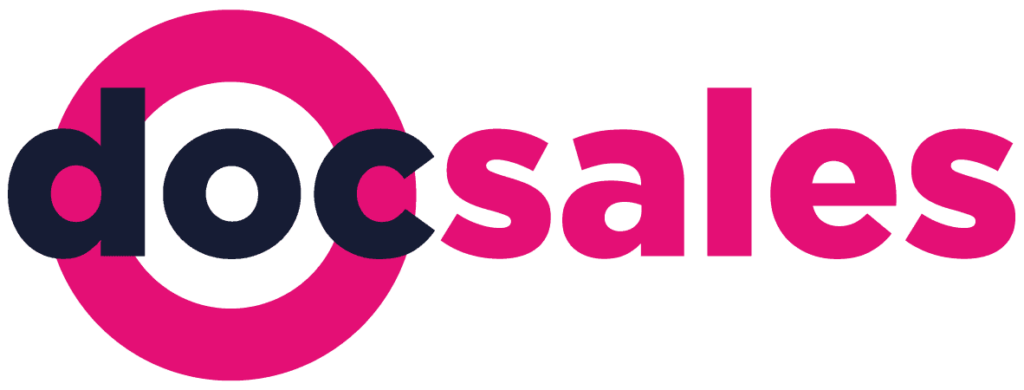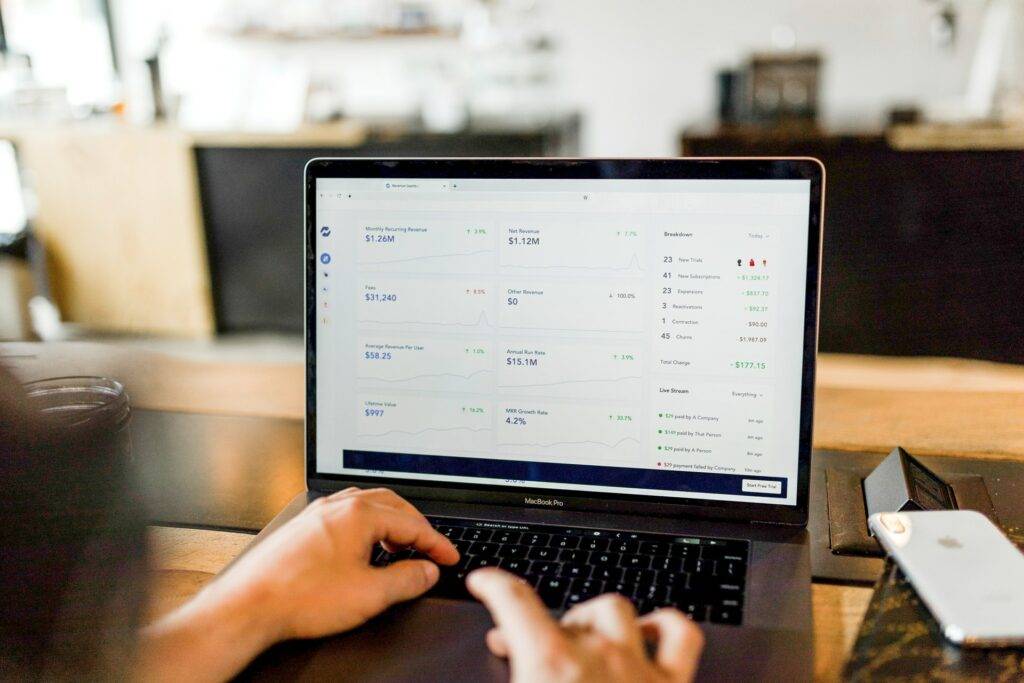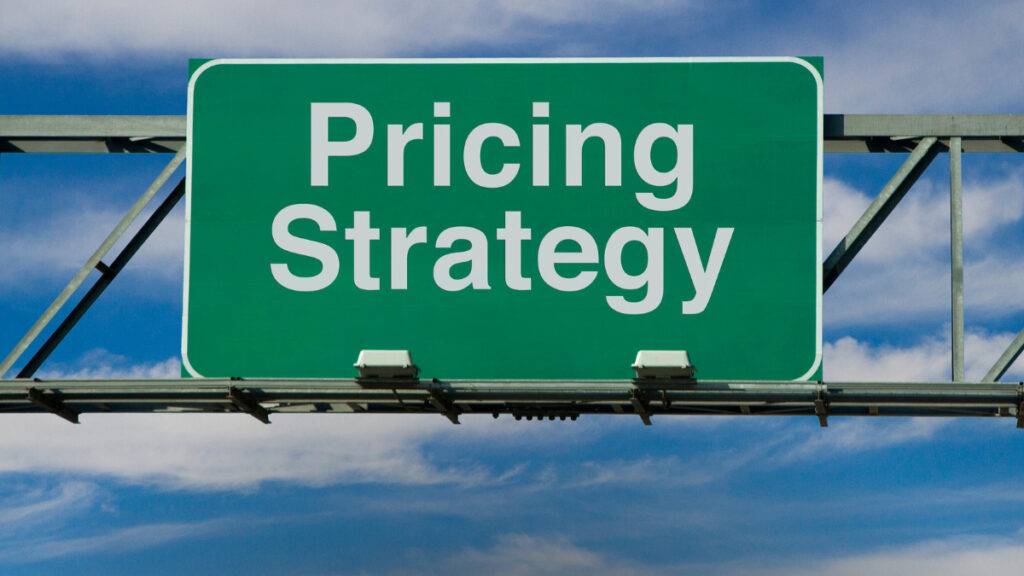Companies often don’t respect the customer journey. The customer journey describes the individual stages of the sales cycle from the customer’s perspective ( from awareness of a problem to making a purchase), and yet many companies fail to take it into account. Regardless of the product or service being purchased, every customer is at a different stage and companies should plan their marketing strategy around this reality. Otherwise, there is a greater chance of losing those deals.
Here are the stages of the customer journey and how to tailor your content for each step.
Why should you take into consideration the customer journey?
Even if you’re not married, you’ve probably attended a wedding, or at least watched one on television. Certainly, it’s represented as “the bride’s day”, an opportunity for women to have the extravagant decorations and dresses of their dreams.
Imagine you’re a publisher of wedding magazines, with content dedicated to planning and preparing for the big moment. Your magazine is not sold on a newstand; it’s sold through a monthly subscription. Who do you think would most likely purchase your magazine: an 18-year-old woman who still lives in her parents’ home, and just met her current sweetheart, or a 25-year-old woman who has recently purchased a home with her fiancé?
Even more important than deciding who will currently buy your magazine is understanding that each of these women may need your service someday, but they are at different stages. The 18-year old’s main interest might be studying the pictures while the 25-year-old would likely be interested in practical tips about budgeting the wedding, selecting a venue, etc. If you try to sell your content without being aware of where the customer is in their buying cycle, you will sell less.
When you understand which stage of the buying process each person is in, you can offer what the customer needs at the right time or even make them aware of an overlooked problem.
What are the stages of the customer journey?
1. Raise awareness of the problem
A prospect becomes aware that there is a problem or need in their life that needs to be addressed. This happens in two ways: they discover a need, or you help them identify a need by highlighting the risks of not solving the problem. At this point, it’s not yet time to present the product. Your approach needs to be informative, with content aimed at educating the potential consumer about the nature of the problem.
2. Research available solutions
This is when the potential consumer makes a survey of possible solutions to solve their problem. You need to be prepared to be found, with content readily available in the places where a prospect would usually search. Your aim is to position yourself as an authority on the subject the prospect is researching. Expertise builds your company’s credibility and differentiates your content from others.
3. Consider buying
By now, the customer has found the type of product or service that will meet their needs. Even without talking directly about your product, demonstrate why your solution will ease their pain point or benefit them some other way.
4. Compare alternatives
The prospect will now study possible vendors to find the best match. They’re convinced that they need a solution, but they have to wade through many options. Now is the time to talk more about your company and what you offer. Show why you should be chosen by differentiating yourself from your competitors.
5. Buy
Your prospect has studied the research, considered the alternatives, and now it’s time to make a decision. Things can still go wrong at this stage, however. To avoid losing the deal at the last moment, your communication needs to be fully focused on inducing the customer to place the order, facilitating the acquisition process, and ensuring that the sale is made.
Customer journey case study
Imagine that you’re an entrepreneur who plans to market wines from several different regions through a monthly subscription service. What path would a prospective client take when purchasing a subscription? After researching the behavior of potential consumers, you could create a buyer persona, which describes the customer journey as a story based on real data about real people.
For instance, George is a 25-year-old recently married man who has just moved to a house in a nice area. To his surprise, he discovers a wine cellar where the former resident held their collection. To take advantage of his new wine cellar, he decides to pursue wine collection as a hobby and buy new wines..
Yet, Gorge doesn’t understand anything about wines. (Stage 1: Raise awareness of the problem)
First, George does an internet search to learn more about wines. He discover a vast array of options such as courses, Youtube videos, books, etc. (Stage 2: Research available solutions)
In the midst of so much information, something catches his eye: companies that deliver wine. He thinks it’s fantastic that he’ll receive a different wine each month as well as free books and information on wine. (Stage 3: Consider buying)
To select the best option, the future wine collector evaluates all the companies that offer wine subscriptions. He compares subscriptions based on their price, variety of products, logistics, and other factors. (Stage 4: Compare alternatives)
George eventually decides on a company called XPTO, which offers a better variety of items per delivery, despite a slightly higher monthly fee. Another great differentiator is that XPTO sends out a weekly email as part of its basic sommelier course. The next step for George is to become a subscriber. He easily finds the registration area on the XPTO site and becomes a customer. (Step 5: Buy)
Conclusion
The first step is understanding the customer journey. The second, more important, step is knowing how to tailor your marketing and sales strategy for each phase. This means applying your knowledge of customers’ unique needs at each stage to create customized content, which will differentiate you from competitors.
Learn more about sales pipeline by clicking here.






